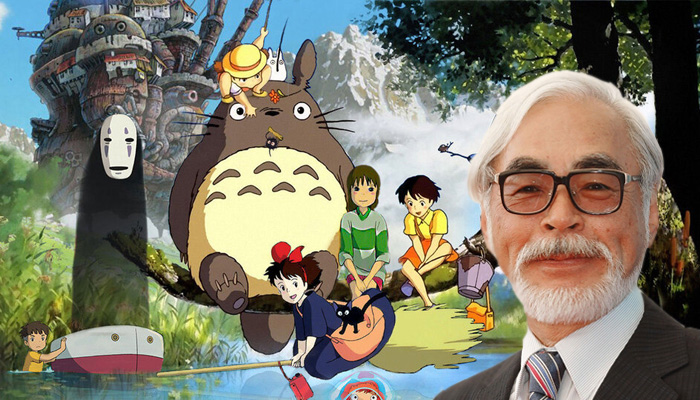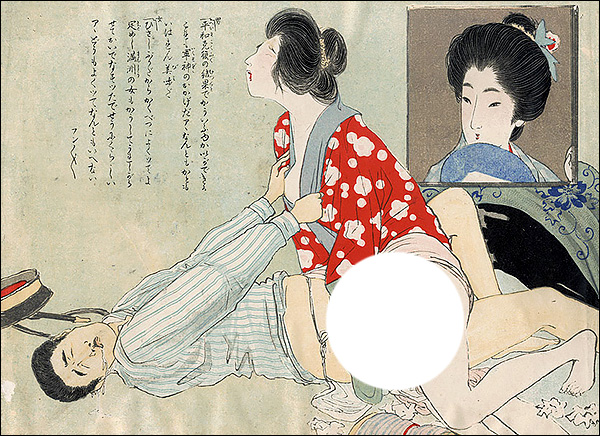Underground Japan – A New Look
 In Japan, a lot of interesting things are happening underground. The population of the country is large, and there is not much land, therefore, since the 70s, they have been searching for various ways to use the underground space. Now the number of metro passengers is 10 million people every day, there are many shops in the underground streets, communication signals are transmitted through underground cables and pipes, and energy is transmitted … Our essays will lead you underground and allow you to look deep into Japan.
In Japan, a lot of interesting things are happening underground. The population of the country is large, and there is not much land, therefore, since the 70s, they have been searching for various ways to use the underground space. Now the number of metro passengers is 10 million people every day, there are many shops in the underground streets, communication signals are transmitted through underground cables and pipes, and energy is transmitted … Our essays will lead you underground and allow you to look deep into Japan.
Creating underground comfort
In the center of almost any big city in Japan there are crowded underground areas. Some of them are busy shopping areas, others are crowded crossings that conveniently connect railway stations with nearby buildings. These underground “streets” rationally use the precious land and represent an attractive space where it is pleasant to be. In this article, we will look at the ways in which the underground development of one city, Osaka, goes.
Cities grow up and down
In the 20th century, architects used innovative urban planning technologies to create artificial spaces in large cities. New areas were created thanks to the construction of skyscraper offices, high-rise apartment buildings and underground passages. Building up and down allowed the use of urban land very rationally.
East Asia’s first underground retail center opened in April 1930 under Ueno Station in Tokyo. In this center, called “Metro Shop,” basic necessities were offered at discounted prices, as well as restaurants with the usual choice of dishes. The main goal of the developers was to create additional amenities for customers, especially passengers traveling from the suburbs to work and back.
Around the same time, a plan was developed in Osaka to build an underground shopping center near the Namba metro station, but it had to be abandoned due to the resistance of land-based merchants who were afraid to lose customers. Later, around 1940, one large underground passage connected different underground areas – the underground station of the Hanshin Electric Railway in Umeda, the underground station Umeda and the basement floor of the retail store of Hankyu department store. It became the prototype of an underground city.
In 1942, in an article entitled Osaka below ground level, the famous journalist Kitao Ryonosuke wrote that Osaka’s underground spaces are nowhere else “a chaotic, uncontrollable interweaving that is completely different from what was expected of them.” At that time, railway companies and department stores posted their own signs in the underpasses, without coordinating their signs with each other, which led to the chaos described by Kitao. He also wrote that in the future, all the buildings in the center of Osaka will be connected by underground passages, “which will create a network of streets invisible from above.”
Underground shopping centers as works of art
Kitao’s predictions partially came true in the 50s and 60s. Osaka City invested in Osaka Tikagai Co. Ltd., which set about building one underground center after another in areas that included Namba and Umeda train stations, Sennichi-mae and Abeno shopping areas, and Nakanoshima and Dojima business districts. With the growth of Japan’s economy, its cities also grew upward, putting down ever more complex roots underground.
Among the new underground retail space built in the early 90s, one can name the Kobashi Komz Garden, Diamor Osaka and Krista Nagahori. Now, in underground areas filled with restaurants and retail outlets, Osaka is one of the first places in East Asia.
What is striking in the underground city is that it is a labyrinth. Underpasses, shops in the basement floors of department stores and office buildings and new underground shopping centers form a complex network of underground streets. If there were no cards or information signs, the customers who came here for the first time could easily be assured of this maze. Although, on the other hand, the intricacy and originality of the atmosphere makes shopping here an interesting affair.
Designers have used many tricks that increase the attractiveness of shopping underground. For example, they provided a number of public places in shopping centers where you can relax, with fountains and cascades of flowing water, like the Trevi Fountain in Rome. In Hankyu Samban Gai in Osaka, water is skillfully directed so that it flows like an underground river.
And there are works of art that cannot be overlooked. Probably the most impressive thing is that the real rocket, which seems to be about to take off from the Namba City shopping area. It is worth noting the high billowing wall of fountains, giving a large rainbow.
From imitating nature to creating emotional comfort
Over the past few years, architectural techniques such as submerged gardens and glass arcades have been used in many places to deliver natural light underground.



